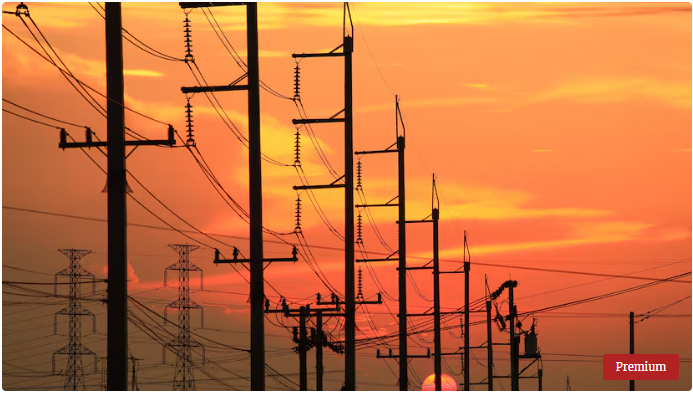

India’s power consumption peaks during the summer, with demand occasionally exceeding 250 GW in 2023. Yet, as the winter season approaches, it brings unique challenges and requires coordinated planning to prevent potential power shortages across the country. Understanding this crucial need, the Coal and Power Ministries are gearing up for comprehensive coordination to ensure energy availability throughout winter, thereby mitigating any adverse impact on industries and households alike.
Although it’s well-known that India’s peak power demand traditionally hits during the scorching summer months, winter brings its own set of unique demands. While summer sees high power usage due to air conditioning and cooling systems, winter power demand is driven by heating needs and industrial requirements. Although the aggregate demand is generally lower than in summer, certain high-demand periods during winter can still strain India’s power infrastructure if not managed properly.
To meet these seasonal demands, the Power Ministry and Coal Ministry are implementing preemptive measures to avoid any supply bottlenecks. The aim is to ensure seamless power availability, maintain economic stability, and prevent outages that can disrupt daily life and industrial production.
The ministries are approaching this challenge through a multi-pronged strategy:
Enhanced Coal Supply Chain: Coal is essential for India's power generation, and any delays or shortages in its supply can create ripple effects across the energy sector. To address this, the Coal Ministry is working on streamlining coal transportation, ensuring stocks are replenished promptly, and avoiding any seasonal supply crunches.
Diversifying Power Generation: Winter power demand may not match the summer peak, but there are still surges that require the grid to be robust. By diversifying power generation sources—utilizing coal, hydro, and renewable sources like solar and wind—the ministries are aiming to create a balanced energy mix that can handle fluctuations in demand.
Demand Forecasting and Load Management: Accurate forecasting is essential to maintaining the stability of the power grid. By studying seasonal patterns and historical data, the government can project demand levels and prepare accordingly. Load management techniques, such as peak-hour scheduling and demand response strategies, are critical in balancing supply and demand efficiently.
Renewable Energy Integration: India has made substantial strides in renewable energy, and winter offers favorable conditions for solar and wind power generation in various regions. Integrating these sources into the grid during peak hours can help reduce the load on conventional power plants and contribute to a greener energy mix.
To support these initiatives, technological advancements are being integrated into India’s power infrastructure. Smart grids, digital meters, and data analytics are proving to be invaluable in monitoring power distribution, assessing usage patterns, and enabling real-time management of supply and demand.
Advanced tracking and data analytics tools assist power distribution companies in efficiently allocating resources. This can ensure that even as winter peaks in energy consumption approach, there are minimal disruptions in service. Moreover, these technologies empower consumers by allowing them to better monitor and manage their own energy usage.
While these measures address immediate challenges, India’s long-term energy goals aim at creating a self-reliant and sustainable power ecosystem. Initiatives to increase coal production, expand renewable energy projects, and improve grid management reflect the government’s commitment to a balanced and resilient power sector. This coordination between ministries also signifies India’s dedication to creating a robust framework that can withstand seasonal fluctuations and the demands of a rapidly growing population.
With the collaborative efforts of the Coal and Power Ministries, India is proactively addressing the unique power demands of the winter season. This coordination is a promising step towards preventing shortages, ensuring steady supply, and safeguarding economic stability. For individuals and businesses alike, these efforts aim to create a reliable and efficient power landscape that can meet the demands of any season.
Disclaimer: Bimacure does not hold any copyright over this blog content. This article is informational in nature and does not imply any official or legal stance from Bimacure.
BUSINESS STANDARD
